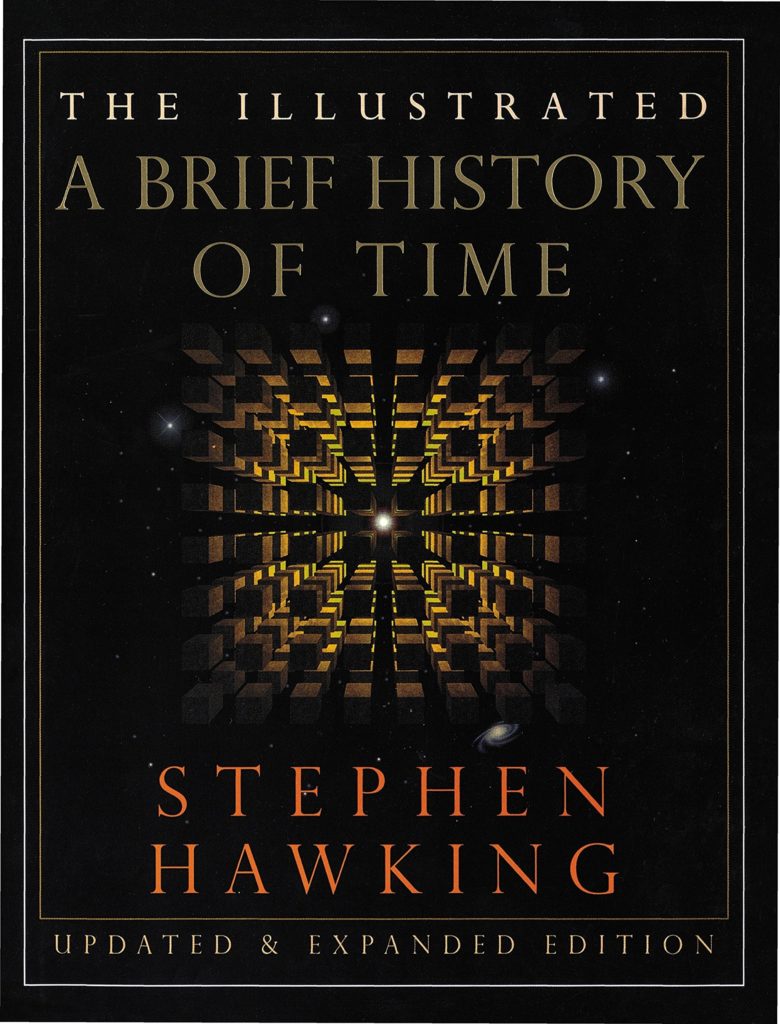While rereading Carl Sagan’s Cosmos, I watch the Errol Morris documentary A Brief History of Time (it’s on HBO Max for the moment) and then went right into reading the illustrated and expanded version of Stephen Hawking’s book from 1996. The joke about A Brief History of Time, when it debuted in 1988, is that it was the bestseller that every intellectual had on the shelf but that few have read — kind of a slim Infinite Jest for the set who brought the kinds of dates home who peruse the bookshelves in judgments while you’re in the other room, opening a wine you have a story about.
That’s unfortunate, if true! A Brief History of Time is exceedingly readable, and the prose is, possibly owing to Professor Hawking’s disability, unadorned and economical compared to Sagan’s. Hawking cuts out the flights of fancy in favor of bon mots (Sagan, for example, spends a few pages imagining the internal monologue of a primeval hunter/gatherer while Hawking makes due with one-liners about how reversing entropy would put crockery manufacturers out of business). Visiting Cosmos and A Brief History of Time back to back is like taking in a year’s worth of “physics for poets” symposia and really offers excellent grounding for keeping up with news about quantum mechanics and cosmology.
Particles and anti-particles annihilate each other.
Quantum fluctuations near the event horizon of a black hole generate particles and antiparticles from the black hole’s mass.
Sometimes the antiparticle falls back into the hole and the particle escapes as radiatiopn

You don’t need my take on the science but one thing I’ll remark on is that as fast as science seems to be moving that so much of what we know is still rooted in about a century’s worth of work, dating to the advent of General Relativity and The Uncertainty Principle. String Theory started in the 1960s. Hawking and Roger Penrose performed a lot of their black hole work in the 1970s. They’ve been talking about dark matter and dark energy since the 1970s. Everything that seems newfangled to outsiders has origins in our childhoods, if not before, it’s just that nobody was telling us.
Also, while the mathematics behind Hawking Radiation might be beyond most of us, the concept isn’t so tough: Quantum fluctuations near the event horizon of a black hole manifest as particles and anti-particles, from the mass of the black hole. Particles and antiparticles annihilate each other if they touch. But they don’t touch if the antiparticle falls back into the black hole and the particle escapes as radiation.
Going to take a break for some fiction but I think the next science book will be The Road to Reality by Roger Penrose. It intimidates a bit more from the shelf, with its Pynchonian girth. I flipped through and Professor Penrose seems unwilling to spare us the math, so this might take more time, which is finite but unbounded.